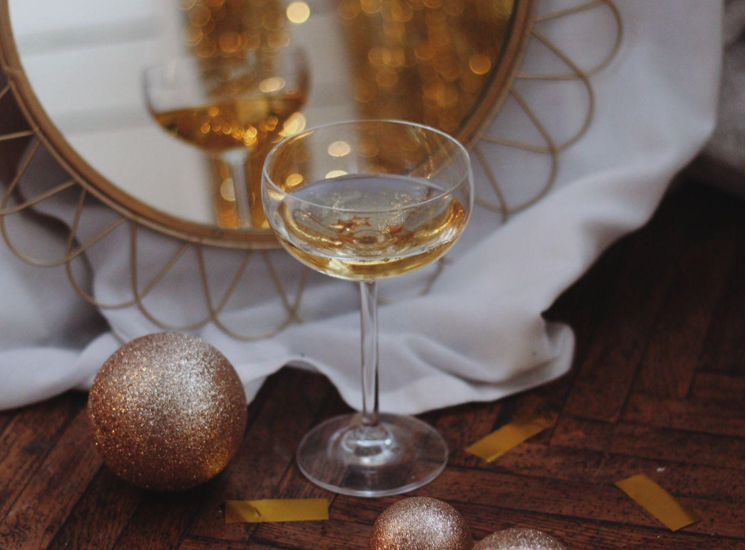Glass Ornaments Through the Ages
The history of glass ornaments spans centuries and cultures, each adding its unique flair to this beloved tradition. From ancient Egyptian faience to the intricate designs of modern Poland, glass ornaments have evolved with time, showcasing the artistry and imagination of skilled artisans.
Glass ornaments have been a beloved tradition throughout history, with roots dating back centuries. Glass ornaments can be traced back to ancient Egypt, where small glass vessels, known as faience, were used to hold perfume. However, it was in the 16th century in Germany that glass ornaments flourished.
The glassblowing industry in Germany was thriving, and they began creating glass balls to hang on trees for Christmas. These early glass ornaments were delicate and simple, consisting of plain glass balls with hand-painted designs. As the popularity of glass ornaments grew, so did the complexity of their plans. Glassblowers began creating decorations in the shapes of fruits, vegetables, and even animals.
By the 1800s, glass ornaments had made their way to America and quickly gained popularity. They were often imported from Germany, but American glass factories soon began producing their designs. By the turn of the century, the glass ornaments had evolved into intricate designs featuring intricate patterns and vibrant hues.
One company, in particular, helped revolutionize the glass ornament industry in America. In 1892, the F.W. Woolworth Company began importing glass ornaments from Germany and selling them in their stores. The decorations were instantly successful, and Woolworths began creating their unique designs.
As the 20th century progressed, glass ornaments continued to evolve with new designs and techniques. One popular style in the mid-1900s was the icicle ornaments, long and thin with a clear glass exterior and silver or gold tinsel inside.
Another popular style was the figural ornament, which featured intricate glass designs in the shapes of people, animals, and objects. Figural ornaments were often made by hand and required high skill to create.
Today, glass ornaments are still a popular tradition during the holiday season. While many ornaments are, mass-produced glass artisans still create hand-blown and hand-painted designsSomeme of the most sought-after glass ornaments today come from Poland, where skilled artisans create intricate designs with vivid colors and stunning detail.
The Art of Glassblowing
The art of glassblowing has played a significant role in the evolution of glass ornaments. Skilled artisans have created intricate designs, showcasing new techniques and technologies. From traditional blown glass to modern lampworking and fusing techniques, glassblowing continues to evolve with time.
The art of glassblowing has also evolved with new technologies and techniques. One popular method is lampworking, where a torch melts and shapes glass into intricate designs. Anothemethodue is known as fusing, where pieces of glass are blinkered together in a kiln to create unique patterns and designs.
As the tradition of glass ornaments continues, it’s clear that they will continue to evolve with new designs and techniques. The warmth and beauty these small glass baubles bring during the holiday season will continue to enchant and delight generations.






Recent Comments